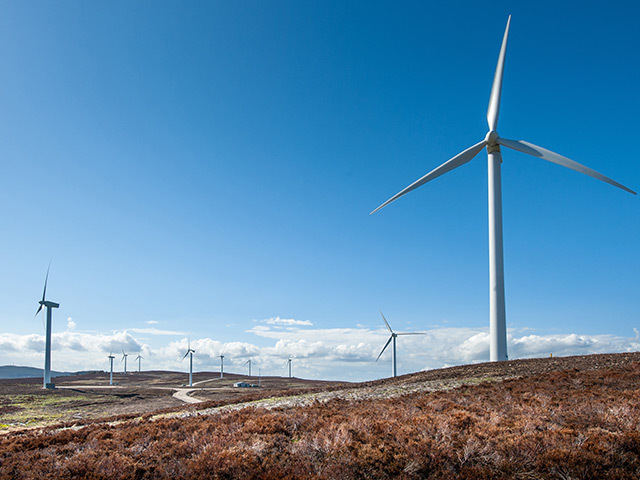
Renewables are bringing down the wholesale cost of electricity, reducing the impact of clean power subsidies on consumer bills, according to research.
In recent months, the Government has moved to cut support for clean onshore wind and solar power, warning the subsidies which are added to household and business energy bills are set to bust the budget and need to be brought under control.
But there are calls for consumers to be given the “full picture” about the costs of backing renewables, as the research suggests their inclusion in the energy mix can bring down bills.
A report by renewables company Good Energy said that while supporting the development of clean power adds cost to consumer bills, the electricity generated by them is cheaper than nuclear or fossil fuels as their energy sources – the wind or the sun – are free.
This means that when wind or solar power is available, they are first in line to meet demand, reducing the amount of power that needs to be bought from more expensive generation sources, and bringing down costs.
The study calculates that wind and solar generators brought down the wholesale cost of electricity by £1.55 billion in 2014.
This means the “net” overall price tag for supporting the two renewable sources last year was £1.1 billion, 58% less than the cost reflected in the capped budget set for green subsidies, known as the levy control framework, the report said.
By 2020/21, the Government warns the levy control framework budget will have been breached by around £1.5 billion a year – but the research suggests it will not have been exceeded if the benefits of solar and wind in lowering prices are taken into account.
With 25% of the UK’s power generated by renewables in the spring this year and with more schemes such as wind farms planned, clean energy could in the future deliver a net benefit to the consumer – if the wholesale price savings are passed on to consumers.
The findings of the study are backed by separate research from the University of Sheffield, which has not yet been published, but which suggests that the costs of onshore and offshore wind power are being offset by the savings.
Dr Lisa Clark, from Sheffield’s Department of Physics and Astronomy, said her research showed there was a “net zero effect” for wind subsidies.
“The subsidy costs and curtailment costs – where generators are paid to stop generating – of wind seem high, but when put in the context with the price savings on the wholesale market, the cost is reflected quite happily by the savings,” she said.
“The more wind you have at any given time, the wholesale price comes down quite dramatically,” she added.
Good Energy chief executive Juliet Davenport said of her company’s report: “This analysis puts the bill-payer at the centre of the debate around renewable energy subsidies. Let’s give them the full picture and not just half of it.
“What is not taken into account is the fact that renewable energy, such as wind and solar, has actually been bringing the cost of energy down for consumers.
“The bill-payer money invested into supporting renewables yields significant benefits, let’s be very clear about that.”
Recommended for you
